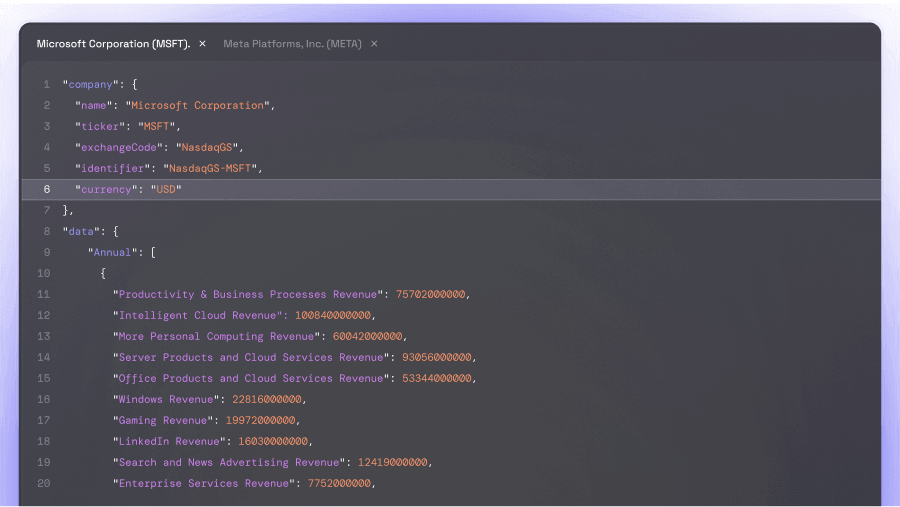### Overview of 0x (ZRX) 0x (ZRX) is a decentralized exchange protocol that facilitates the peer-to-peer exchange of assets on the Ethereum blockchain. Designed to create an open and frictionless marketplace, 0x enables the seamless trading of Ethereum tokens. By leveraging smart contracts, 0x eliminates the need for traditional intermediaries, promoting a more efficient and equitable trading environment. To learn more about 0x, including its real-time data and historical usage, please refer to Eulerpool.
0x is an infrastructure protocol enabling users to seamlessly trade ERC20 tokens and various assets across multiple blockchains, including Ethereum, without relying on centralized intermediaries. It serves as a protocol for decentralized exchange. 0x delivers this decentralized exchange capability through a suite of open-source, publicly auditable smart contracts. These contracts collectively provide a flexible, low-friction trading protocol that developers can easily integrate into their products. The protocol is utilized by companies developing web3 applications such as wallets, DEXes, portfolio trackers, and more. It is employed by hundreds of developers for their projects and has facilitated over $200 billion in trading volume since its inception. Its usage can be tracked through the dedicated platform explorer found at https://explorer.0x.org/. The protocol is driven by an ERC20 governance token known as ZRX. Holders of ZRX tokens can engage in protocol governance, allowing them to have direct influence over protocol changes and the community treasury.














